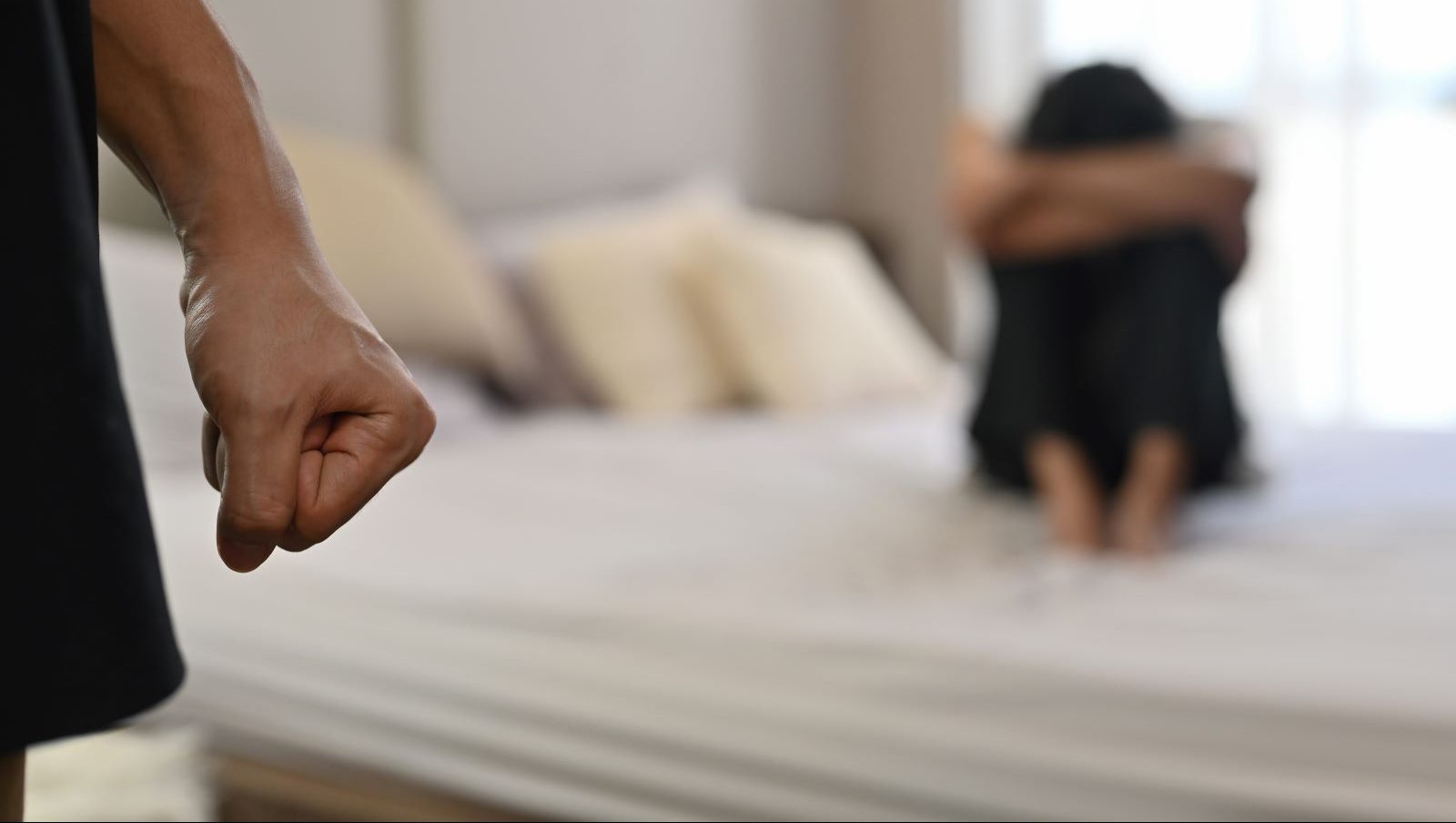<< Back
Understanding Domestic Violence in the LGBTQ+ Community

October 17, 2022
In any abusive relationship, power imbalances become weapons, leaving many LGBTQ+ people fearing privacy and safety breaches.
“Abusive and threatening behavior can happen in any relationship, but in LGBTQ+ relationships, it can take the form of threatening to ‘out’ the other person to family, friends, religious organizations or employers,” said Laura Saunders, PsyD, director of the Center for Gender Health at Hartford HealthCare.
In Domestic Violence Awareness Month, she paused to point out the unique ways people in the LGBTQ+ community can be victimized by domestic partners.
> Connect with the Center for Gender Health
Violence against LGBTQ+
In this population, Dr. Saunders said domestic violence can take many additional forms, including:
- Making homophobic or transphobic comments
- Shaming
- Perpetuating harmful stereotypes
It might be even more difficult for someone who is LGBTQ+ to report domestic violence, too, she said.
“Feelings of isolation are greater in this community, as are issues around shame and internalized homo/trans phobia. This can increase the need for victims to hide or mask any abusive experiences in their LGBTQ+ relationship,” Dr. Saunders added.
> Want more health news? Text StartHere to 85209 to sign up for text alerts
How can I help?
As in any relationship with friends, family or neighbors, feel free to offer help if you think someone is being subjected to abuse, which can be physical, verbal, emotional or financial, she continued.
“Let them know you are there for them, to listen and help. Validate their fear and shame, and help them find the resources that can help them,” she said. “The most important message for anyone experiencing intimate partner violence is to realize they are not alone. There is help available and they don’t need to settle and accept the abuse.”